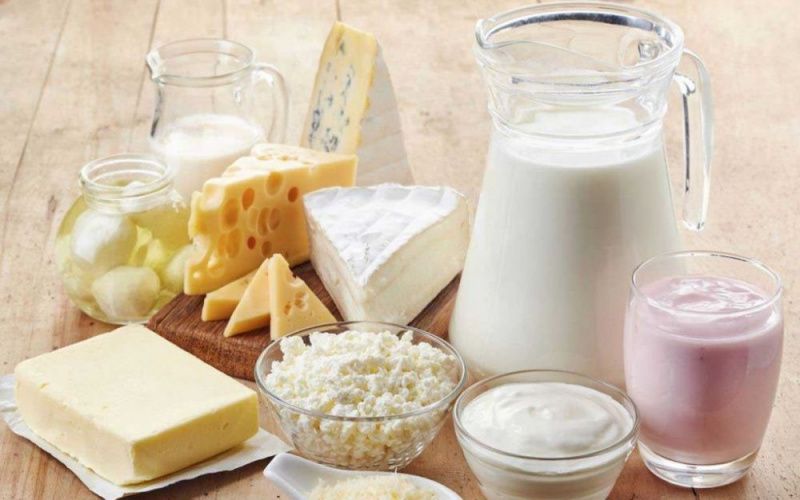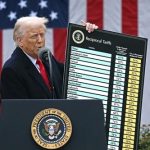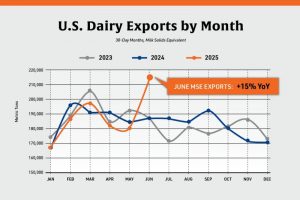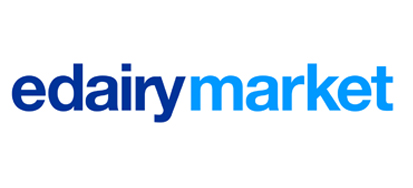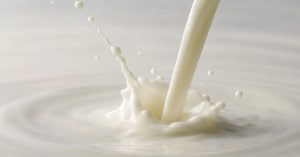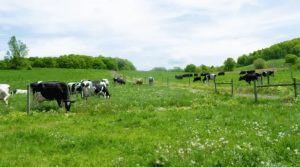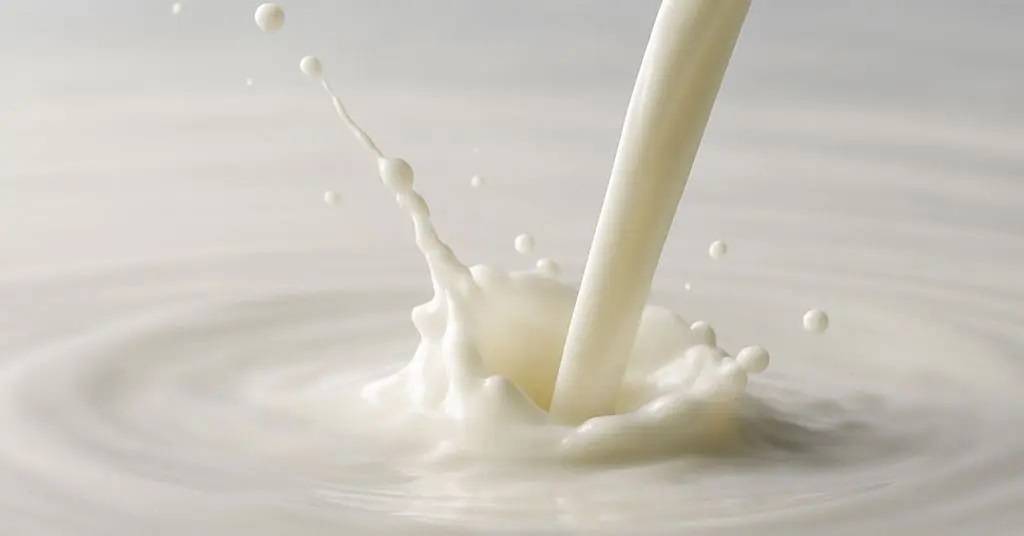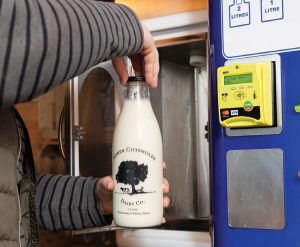The month was not all doom and gloom. Cheese continued its record-breaking storyline, improving 7% year over year with sales surging in Australia (up 67%), Korea (up 50%), the Caribbean (up 31%), and Middle East and North Africa (up 26%). Product exports to Mexico did fall by 6%, but it was not enough to impact overall volumes.
The U.S. dairy export scene remains unclear as President Donald Trump continues to threaten global trading partners with tariffs, yet growth continues to be the greatest strength of the U.S. dairy export market. Read: (Rabobank: Global dairy market sees modest growth amid trade shifts)
CWT rebranded to NEXT
At its March meeting, the National Milk Producers Federation (NMPF) board voted to overhaul the popular Cooperatives Working Together (CWT) export assistance program to NMPF Exports and Trade (NEXT). The vote also allows for the development of a new business plan for NEXT, with final approval given in June.
The NEXT program’s initiatives, improving upon the success of CWT, include expanding the program’s product mix; creating market development plans focused on market access opportunities for U.S. cheese and butter in Latin America and navigating tariff disadvantages for specialty proteins and milk powders in Asia and Middle East and North Africa; extending delivery periods and removing volume limits as program operations are made more transparent; and crafting a strategic advisory council.
Additionally, cooperatives paying into NEXT will be charged 2 cents per hundredweight (cwt) of member milk compared to the 4 cents previously charged under CWT.
Dairy heifer, embryo exports grow in February
The sale of U.S. dairy heifer replacements in February made an 80% improvement from January, yet declined about 8% year over year. In total, 203 animal units were exported during the month of February, as Mexico (73), Dominican Republic (67) and Canada (63) were the sole importers. Those three countries were also the only importers of U.S. dairy heifer replacements in February 2024, with Mexico leading at 162 animal units purchased.
Exports of U.S. dairy embryos also posted remarkable growth in February compared to the month prior. In February, sales were at 710 units, up 74% from January and up more than threefold compared to February 2024. The leading purchasers included Japan (268), Germany (162) and China (158). A foot-and-mouth disease outbreak in Germany, as well as China’s desire to grow their industry, likely contributed to the imports of U.S. dairy embryos.
Hay exports take a slight dip
Sales of U.S. dairy-quality alfalfa hay were down for a second consecutive month in February compared to both the month prior and same time a year ago. In total, 152,065 metric tons of the forage was exported, down 2% from January and 18% from February 2024. The largest purchasers of U.S. dairy-quality alfalfa hay were China (73,870 metric tons), Japan (23,716 metric tons), South Korea (22,465 metric tons) and Saudi Arabia (20,761 metric tons), although, the latter two were the only to post month-over-month volume increases at 30% and 11%, respectively.
Similarly, other U.S. hay exports fell 7% month over month and 9% year over year. In total, 80,085 metric tons were sold, with Japan (37,742 metric tons), South Korea (22,918 metric tons) and Taiwan (10,603 metric tons) being the leading importers. Of those three countries, Taiwan was the only one to increase volume purchases in February (up 38% from January).
Trade deficit remains, but is shrinking
February’s U.S. agricultural trade balance tightened compared to January. The Department of Commerce/Census Bureau estimated February exports at $13.6 billion and imports at $17.9 billion for a trade balance deficit of $4.27 billion. That value shrinks the balance by $1.98 billion month over month.
The fiscal year-to-date (Oct. 1, 2024, to Sept. 30, 2025) balance is a deficit of $16.247 billion.
You can now read the most important #news on #eDairyNews #Whatsapp channels!!!
🇺🇸 eDairy News INGLÊS: https://whatsapp.com/channel/0029VaKsjzGDTkJyIN6hcP1K

